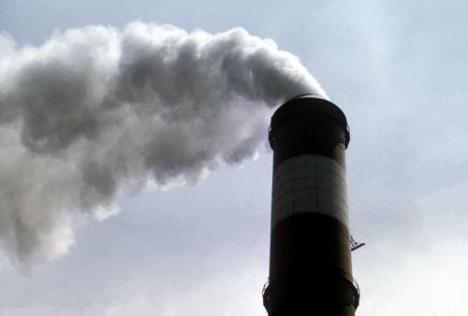 The VDT published on May 18
Projects in the works:
Industrial Authority reviews and discuss items at meeting,
by Kara Ramos,
in which there is this paragraph:
The VDT published on May 18
Projects in the works:
Industrial Authority reviews and discuss items at meeting,
by Kara Ramos,
in which there is this paragraph:
WIREGRASS POWER, LLC(VLCIA is the Valdosta-Lowndes County Industrial Authority. Brad Lofton is its executive director.)The project should be approved and issued an air quality operating permit in the next 14 days, according to Lofton. A power purchase agreement should also be complete by June 1, 2010. The VLCIA granted an eight month extension for the project to begin construction.
We know from previous reports that this wood and sewage sludge incinerator is expected to produce a maximum of 25 long-term jobs. Many questions were asked at the air quality hearing about particulates, CO2, mercury, and other pollutants. The answers ranged from “we don’t monitor that” to Continue reading





